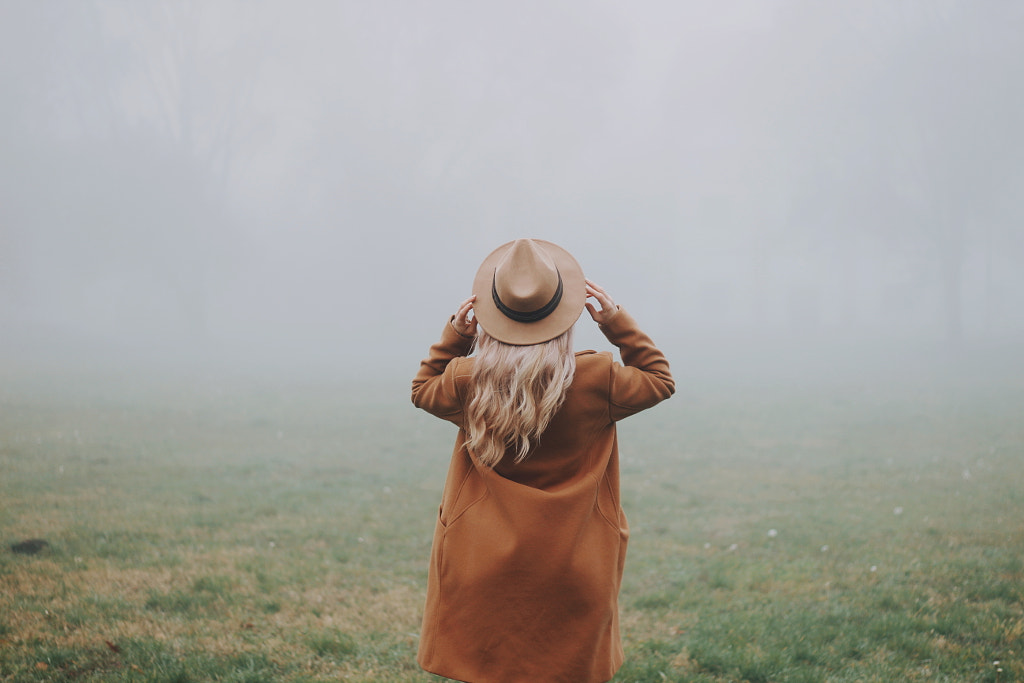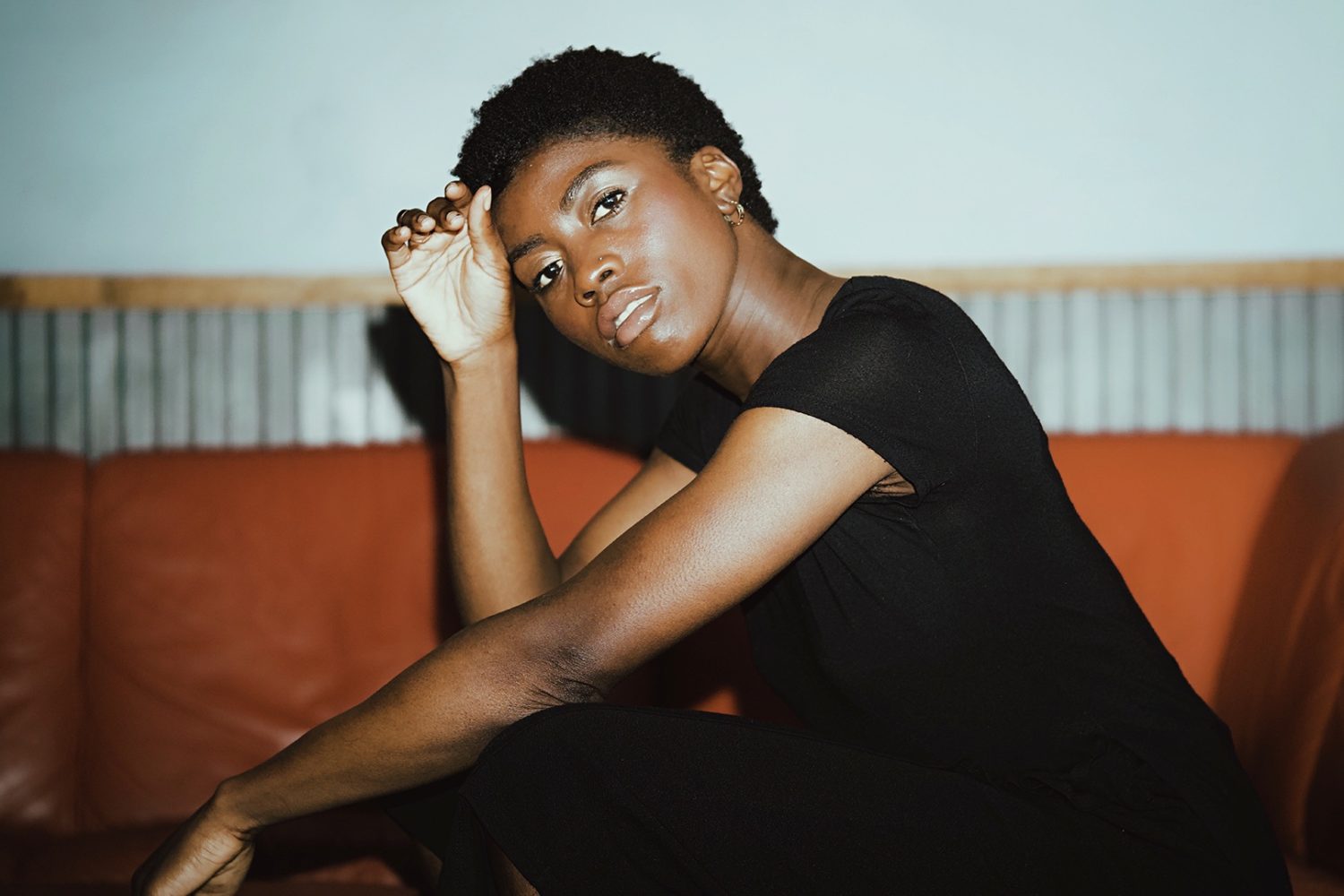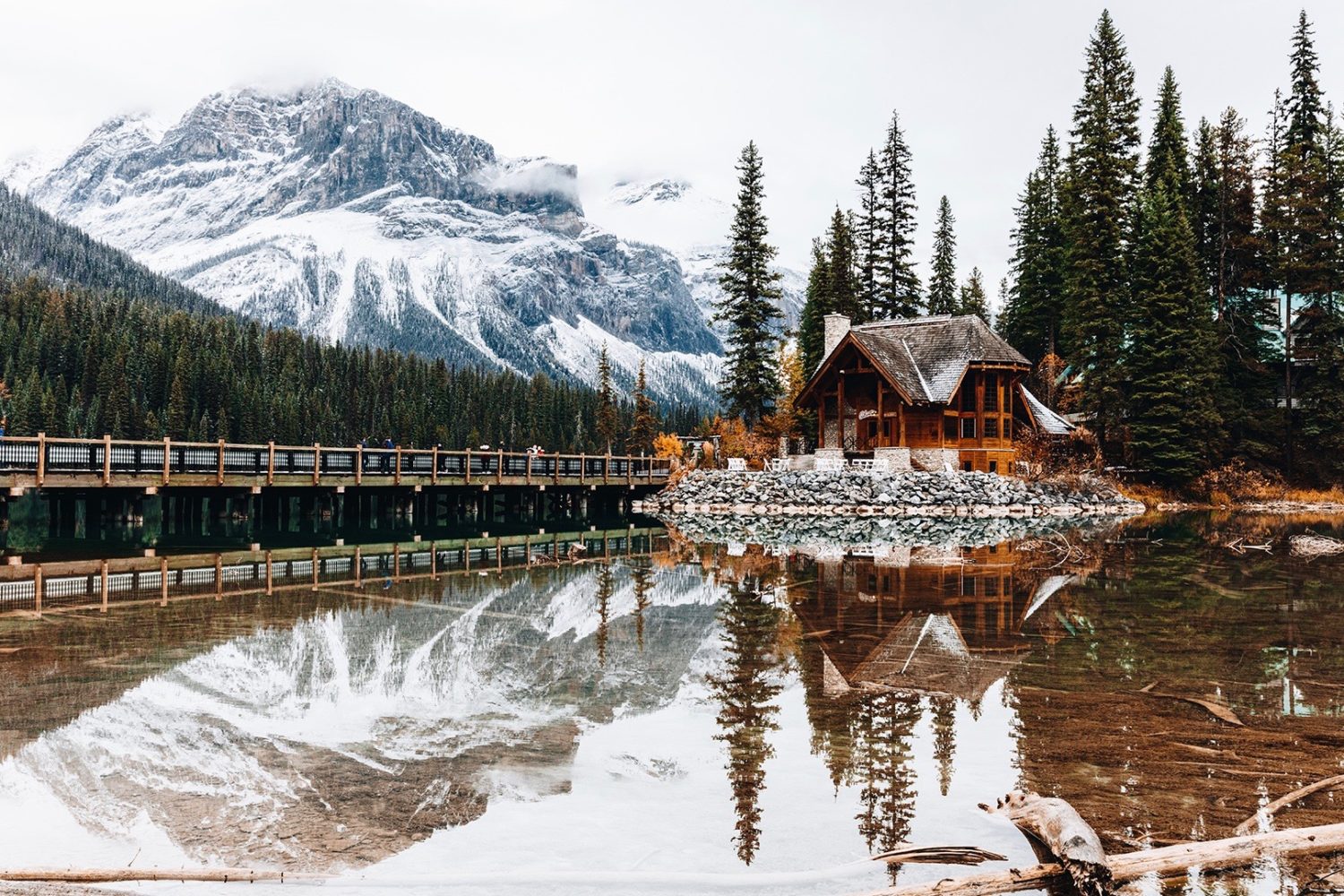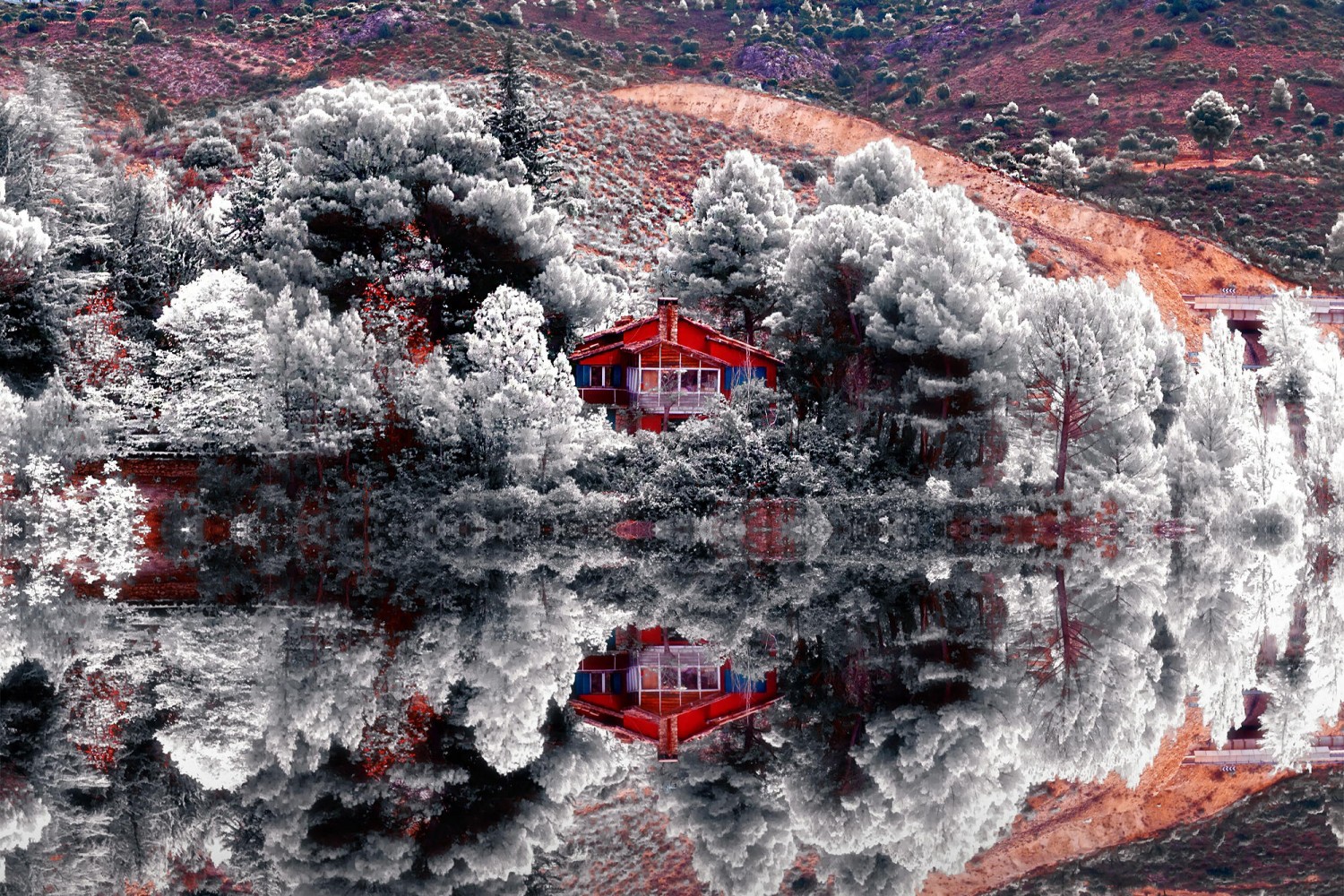According to research, customers are considerably more likely to view ads favorably if they emphasize photography over text, and marketers rank images as the most important content type they can use. It’s no surprise, then, that many of these marketers rely on high-quality, ready-made, commercial stock images to sell their products and tell their brand stories.
The demand for compelling visuals has never been higher, and savvy photographers around the world are producing creative shoots for marketers across all industries. Every month, more photographers join 500px and license their images through their internationally-renowned distributors Getty Images and Visual China Group (VCG). A commercial photography portfolio on 500px can get your work in front of some of the biggest names in advertising and publishing—if you know how to use it.
We spoke with the experts on the Content Team at 500px to learn about the most common mistakes newbie Licensing Contributors make—and how they can be avoided. Below, we’ll discuss five easy-to-fix issues that could lead to your images being rejected or underselling among clients; keep them in mind during your next shoot to boost your sales potential.
Mistake #1: Overthinking a shoot
In the past decade, Diesel has sourced models from Tumblr, The Kooples has invited real customers to upload photos inspired by their campaigns, and Hinge shared true stories from its users. Brands like The Honest Co., founded by Jessica Alba, regularly feature user-generated images on their social media feeds.
The lesson here is this: Today’s customers want to see themselves represented in advertisements. A decade ago, commercial photography might have trended towards polished, glossy visuals, but in this day and age, brands want to connect with their customers on a more genuine level. In turn, many commercial photographers have shifted their focus from high-budget shoots to more natural sessions.
“Many photographers envision heavily conceptual shoots, with specific makeup styles and clothing for models,” the 500px Content Team tells us. “But for commercial photography, things don’t need to be so complicated.”
You can make marketable photos close to home, at local parks and hangouts, using simple styling and wardrobe. With a little direction, for instance, a day at home with family or out with friends can easily turn into a photoshoot; a favorite activity, cozy evening, or outdoor adventure provides the perfect opportunity to grab some candid shots for your portfolio. Even micro-moments that you usually overlook—preparing a meal, brushing teeth with the kids, working from home, doing your regular skincare routine—can go on your shot list.
Mistake #2: Overly ‘stocky’ framing
Over the past few years, more than a few stock photo cliches have emerged: people looking shocked in front of computers, men “helping” with dinner, men laughing alone with cell phones, and so on. Of course, these photos can be useful, but they can also come off as rigid and disingenuous, so brands have moved towards more realistic scenarios and poses. Marketing agencies these days are looking for photos that look like they could have been captured on a regular afternoon, featuring ordinary people.
Instead of asking your models to feign a range of different emotions or facial expressions, organize a photoshoot around something they enjoy (e.g., going to a cafe, cooking at home, or playing in the backyard), and document real-life moments as they unfold. You can have them do the same activity a few times until they get more comfortable and it becomes second nature.
“To capture good lifestyle content, it’s important to get comfortable with your model before even putting them in front of the camera,” the Content Team advises. “Discuss what you’re going to have them do and what you’re going to try to shoot.” Share your storyboards and encourage collaboration. Let your model’s authentic personality shine. If you’re working with several models, give them a chance to get to know each other before the shoot.
Finally, look for documentary-style moments and opportunities for environmental shots. While stock photos often feature models in front of a white background, brands also want more immersive, natural-looking photos that tell a story. It can be subtle rather than obvious.
Mistake #3: IP issues
Capturing candid, spontaneous moments does not mean skipping out on the planning phase of a shoot, as preparation is essential before any commercial session, in part to avoid any intellectual property mishaps.
Copyrighted material is everywhere, from the logos on our clothing to the designs on our laptops to the artwork on our walls. It’s easy to accidentally include protected elements or details, but it’s often hard to remove them after the fact, so go over your wardrobe, props, and location before the session.
If you can get a property release from the copyright holder, do that before the shoot, or plan to work around the problem. If your model has a tattoo or a camo design on their outfit, for example, that also qualifies as intellectual property, so steer clear of potentially ambiguous situations that could lead to image rejection.
In some cases, you will be able to edit your photos to avoid intellectual property issues using the clone stamp tool in post-processing, so give your pictures one final check before submitting to see if you’ve missed any of those pesky details (e.g., a small logo or tattoo).
Mistake #4: Problematic locations
Speaking of property releases, you’ll need them anytime you plan to shoot on private property; that includes residences and office interiors, but it also extends to some exteriors if they are featured prominently in your shot. For instance, if you are outdoors in public, but your photo features fewer than three buildings, or one location is more directly featured (center frame, in full focus), you will need a release to submit it for commercial Licensing.
“The release can be signed by the property manager, leaseholder or tenant, homeowner, etc.,” the Content Team explains. If you’re shooting at home, you’d sign the release; if you’re working in a local shop, you’d need to approach the owner and arrange a deal, perhaps by trading a release for photos they can use.
Other problematic locations include ticketed or paid spots like amusement parks, aquaria, or museums; in these cases, it’ll be almost impossible to acquire a release. Avoid ticketed locations entirely, or, if you must shoot at that location, remember to use our tips and tricks for shooting in troublesome areas, like shooting tight on the model or using a shallow depth of field. Finally, beware of landmarks, bridges, private gardens, and churches; when in doubt, check out the Getty Images Intellectual Property Wiki to see if your location is listed.
Mistake #5: Incorrect model releases
If there’s a recognizable person in your photo, you need a signed model release to submit it to commercial Licensing. That includes faces, of course, but it also includes any identifiable features, such as clothing, tattoos, jewelry, or context. Even a silhouette would require a model release if the person in the photo would be able to recognize themselves.
For that reason, we recommend making model releases a priority on every shoot. Explain what it is and why it’s important beforehand so you and your models are on the same page. These days, you can handle releases quickly and digitally using an app like Releases or Easy Release, and 500px upped the game recently by releasing digital releases via their app. Missing model releases are one of the top reasons for image rejection, so the sooner you can get this done, the better.
Another common mistake? Uploading all your releases to large batches of photos, even when they don’t apply. “For each photo, it is imperative that you only apply the releases required,” the Content Team urges. “When uploading a series where some photos include a singular model and others include more, a common mistake is applying all releases from a shoot to every photo.” While it might seem like an easy way to save time in the short term, this approach will result in your photos being moved to the “Changes Required” category before they can be accepted.
“It is also common for photographers to upload all the releases from a shoot as one multi-page PDF,” the Content Team adds. “This also is a reason why photos are declined or require changes before entering licensing, as all the releases should be separate files.”
Commercial Licensing is an ideal way to earn passive income, boost your exposure to major clients, and kickstart your photography business, but, as with any specialty, it can take time and practice to become profitable in the long-term. The better you learn to anticipate these potential issues, and adapt to them, the stronger your portfolio will be, and the more you’ll get from the experience.
Not on 500px yet? Click here to learn about Licensing with 500px.













Leave a reply